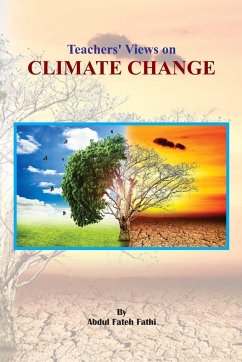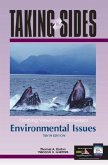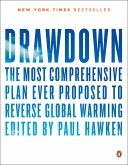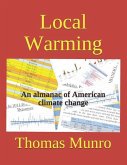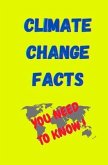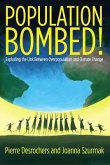Man has been the mentor of earth's civilization since time immemorial. He has brought about tremendous change from his "Nomadic life style" in the very beginning to that of the present "Modem life style", due to inventions and discoveries at an unprecedently fast rate. Application o f advanced technologies together with the burgeoning of human and animal population in recent years has put immense load on the environment. This load mainly being industrial, domestic and chemical pollutants released in the enviromnent as a consequence o f our daily activities. Singh and Bose (2002). Human activity since the industrial revolution has increased the amount of greenhouse gases in the atmosphere, leading to increased radioactive forcing from carbon dioxide, methane, tropospheric ozone, chlorofluorocarbons and nitrous oxide. The concentrations of carbon dioxide and methane have increased by 36% and 148% respectively since 1750. These levels are much higher than at any time during the last 650,000 years, the period for which the reliable data has been extracted from ice cores. Fossil fuel burning has produced about three-quarters of the increase in carbon dioxide from human activity over the past 20 years. Fossil fuels burned to run cars and trucks, heat homes and businesses, and power factories are responsible for about 98% o f carbon dioxide emissions, 24% of methane emissions, and 18% o f nitrous oxide emissions. Most o f the rest is due to land-use change, increased agriculture, deforestation, landfills, industrial production and mining.

